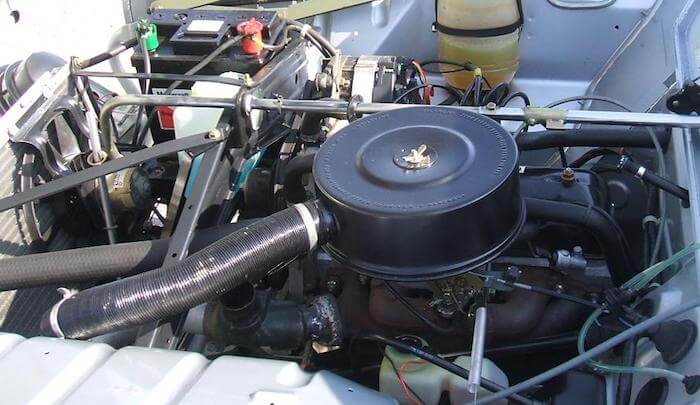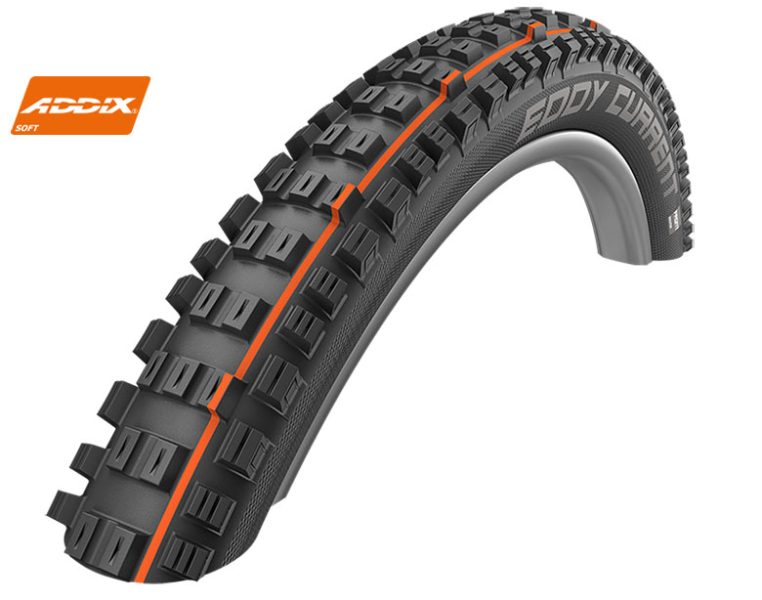
P2669 Actuator Supply Voltage B Circuit / Open
Content
- P2669 Actuator Supply Voltage B Circuit / Open
- OBD-II DTC Datasheet
- What does this mean?
- What is the severity of this DTC?
- What are some of the symptoms of the code?
- What are some of the common causes for the code?
- What are some of the steps to troubleshoot a P2669?
- Related DTC discussions
- Need more help with the P2669 code?
P2669 Actuator Supply Voltage B Circuit / Open
OBD-II DTC Datasheet
Drive supply voltage B Circuit / open
What does this mean?
This is a generic powertrain diagnostic trouble code (DTC) and is commonly applied to OBD-II vehicles. Car brands may include, but are not limited to, Dodge, Chrysler, Ford, Chevrolet, Toyota, Honda, Nissan, etc.
The ECM (Engine Control Module) is not only responsible for monitoring and adjusting numerous sensors, solenoids, actuators, valves, etc., but also for ensuring that all of these components run smoothly and are consistent to achieve the desired values. All this to ensure the maximum economy and performance of your vehicle. In this case, if you receive the code P2669 or its associated code, depending on your make and model, you may have problems with the drivability of the transmission.
It is important to note that in my experience with European models, I also saw this code as an EVAP diagnostic code. Having highlighted potential differences, it goes without saying that you need to refer to your service manual to ensure that diagnostics are directed in the right direction. In most cases, your symptoms will be a strong indicator of which systems / components you will be working with to troubleshoot.
When it comes to P2669 and related codes, the ECM has detected an abnormal value on the drive supply voltage circuit. It recognizes abnormalities by comparing the actual values with the desired values. If they are outside the desired range, the MIL (malfunction indicator) lamp in the instrument panel will illuminate. It must monitor this fault for several driving cycles before the malfunction indicator lamp comes on. Be sure to investigate the "B" mark inside the circuit. Depending on your make and model, this may represent a specific wire, harness, location, etc. However, always refer to the information provided by the OEM (original equipment manufacturer) technical service for this.
It can also be detected by the TCM (Transmission Control Module) depending on what description your particular make and model has for that code.
P2669 (Actuator B Supply Voltage Circuit / Open) is active when the ECM or TCM detects an open (or common fault) in the "B" actuator supply voltage circuit.

What is the severity of this DTC?
The severity here is generally moderate. Given the fact that there are multiple code descriptions, care should be taken when diagnosing. Proper service data required. If it's a transmission code in your case, you'll definitely want to get it repaired sooner rather than later. Daily use of a vehicle with an active transmission code is a risk we do not want to take.
What are some of the symptoms of the code?
Symptoms of a P2669 diagnostic code may include:
- Poor gear shifting
- Lack of torque
- Stuck in gear
- CEL (check engine light) on
- General poor handling
- Limited output power
- Poor fuel consumption
- Abnormal engine RPM / RPM
What are some of the common causes for the code?
Causes of this P2669 DTC may include:
- Broken / frayed wire
- Water invasion
- Melted / broken connector (s)
- Short circuit to power
- General electrical problem (such as a problem with the charging system, wrong battery, etc.)
What are some of the steps to troubleshoot a P2669?
The first step in the process of troubleshooting any problem is to review technical service bulletins (TSBs) for known problems with a particular vehicle.
Advanced diagnostic steps become very vehicle specific and may require appropriate advanced equipment and knowledge to be performed accurately. We outline the basic steps below, but refer to your vehicle / make / model / transmission repair manual for specific steps for your vehicle.
Basic step # 1
How you approach a diagnosis will depend on your make and model, as well as the symptoms you are experiencing. But generally speaking, the first thing we have to do is clear the codes with your scanner and drive the car until it is active again. If so, after determining the correct circuit / harness we are working with, inspect it for damage. It can be laid under the vehicle where road debris, mud, ice, etc. may damage the chains underneath. Repair exposed and / or frayed wires if present. Also, it would be a good idea to check the corresponding connectors. You can turn them off to check for bent or damaged pins that could cause electrical problems. Sometimes, high resistance in a circuit can cause excessive heating. So much so that it can burn through the insulation! This will be a good indication that you have found your problem.
NOTE. Always solder and wrap any damaged wires. Especially when they are exposed to the elements. Replace connectors with original ones to ensure correct electrical connection.
Basic step # 2
Find your drive using service information. Sometimes they can be accessed from the outside. If this is the case, you can check the integrity of the drive itself. The desired values used in this test vary considerably, but make sure you have a multimeter and a service manual. Always use the correct test pins to avoid unnecessary damage to the connections. If the recorded values are outside the desired range, the sensor can be considered faulty and should be replaced with a new one.
Basic step # 3
Inspect your ECM (engine control module) and TCM (transmission control module) for obvious damage. Sometimes they are located in places where water can accumulate and cause corrosion. Any green powder present should be considered a red flag. The licensing specialist should take this from here given the complexity of ECM diagnostics.
This article is for informational purposes only and technical data and service bulletins for your specific vehicle should always take priority.
Related DTC discussions
- There are currently no related topics in our forums. Post a new topic on the forum now.
Need more help with the P2669 code?
If you still need help with DTC P2669, post a question in the comments below this article.
NOTE. This information is provided for informational purposes only. It is not intended to be used as a repair recommendation and we are not responsible for any action you take on any vehicle. All information on this site is protected by copyright.
